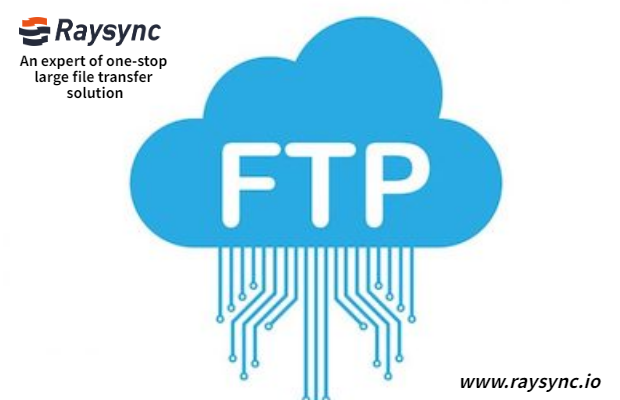3 Challenges Faced by Big Data Transfer Technology
The ability to effectively use big data to gain value comes down to the ability of organizations to run analytical applications on the data, usually in the data lake. Assume that the challenges of capacity, speed, diversity, and accuracy are solved-measuring data readiness.

The data is ready to pave the way for predictive analysis. Data readiness is built on the quality of the big data infrastructure used to support business and data science analysis applications. For example, any modern IT infrastructure must support data migration associated with technology upgrades, integrated systems, and applications, and can transform big data into required formats and reliably integrate data into a data lake or enterprise data warehouse ability.
3 Challenges Faced by Big Data Transfer Technology
Three big challenges facing big data technology, so why do so many big data infrastructures collapse early in the implementation life cycle? All this goes back to the last (and convincing part) of McKinsey’s big data offer in 2011: “As long as the right policies and driving factors are formulated”. Some reasons why big data projects cannot be started are as follows:
1. Lack of skills
Despite the increase in machine learning, artificial intelligence, and applications that can run without humans, the imagination to drive big data projects and queries is still a data scientist. These "promoters" referred to by McKinsey represent skills that are in great demand on the market and are therefore rare. Big data technology continues to affect the recruitment market. In many cases, big data developers, engineers, and data scientists are all on-the-job, learning processes. Many high-tech companies are paying more and more attention to creating and training more data-related positions to use the principles of big data. It is estimated that by 2020, 2.7 million people will be engaged in data-related jobs, and 700,000 of them will be dedicated to big data science and analysis positions to highly competitive and expensive employees.
2. Cost
The value of the big data analytics industry is nearly $125 billion, and it is only expected to grow. For big data implementation projects, this means expensive costs, including installation fees and regular subscription fees. Even with the advancement of technology and the reduction of barriers to entry, the initial cost of big data (especially for small and medium enterprises) may make the project impossible. Investment may require traditional consulting, outsourcing analysis, internal staffing, and storage and analysis software tools and applications. Various cost models are either too expensive, or provide the functionality of the minimum viable product, and cannot provide any actual results. But first, a company that wants to properly implement big data must prioritize architecture and infrastructure.
3. Data integration and data ingestion
Before performing big data analysis, data integration must be performed first, which means that various data (old-style, operational, and real-time) need to be sourced, moved, transferred, and provisioned into big data storage applications using technologies that ensure security. Control during the entire process. Modern integration technologies that connect systems, applications, and cloud technologies can help organizations produce reliable data gateways to overcome data movement problems. Companies striving to modernize their systems and deploy strategies to integrate data from various sources should tend to adopt a B2B-led integration strategy that ultimately drives the development of partner ecosystems, applications, data storage, and big data analysis platforms To provide better business value.
You might also like

Q&A
August 3, 2022How to Send Large Videos in 2022
Sending large video files to others is not as simple as you might think. Depending on the resolution and length, the size of the video file can quickly exceed the 25MB attachment limit imposed by most major email providers.

Q&A
July 13, 2021What is File Synchronization?
File synchronization refers to the process of updating data files across multiple devices in real-time. More than one person can work on the same file or project in different locations, even if they are miles apart.

Q&A
May 11, 2021File Transfer Protocol-Working Principle and Available Software
File Transfer Protocol (FTP) is a server that sends files over the network. Other software available and the way FTP works in the background to ensure correct data transfer.